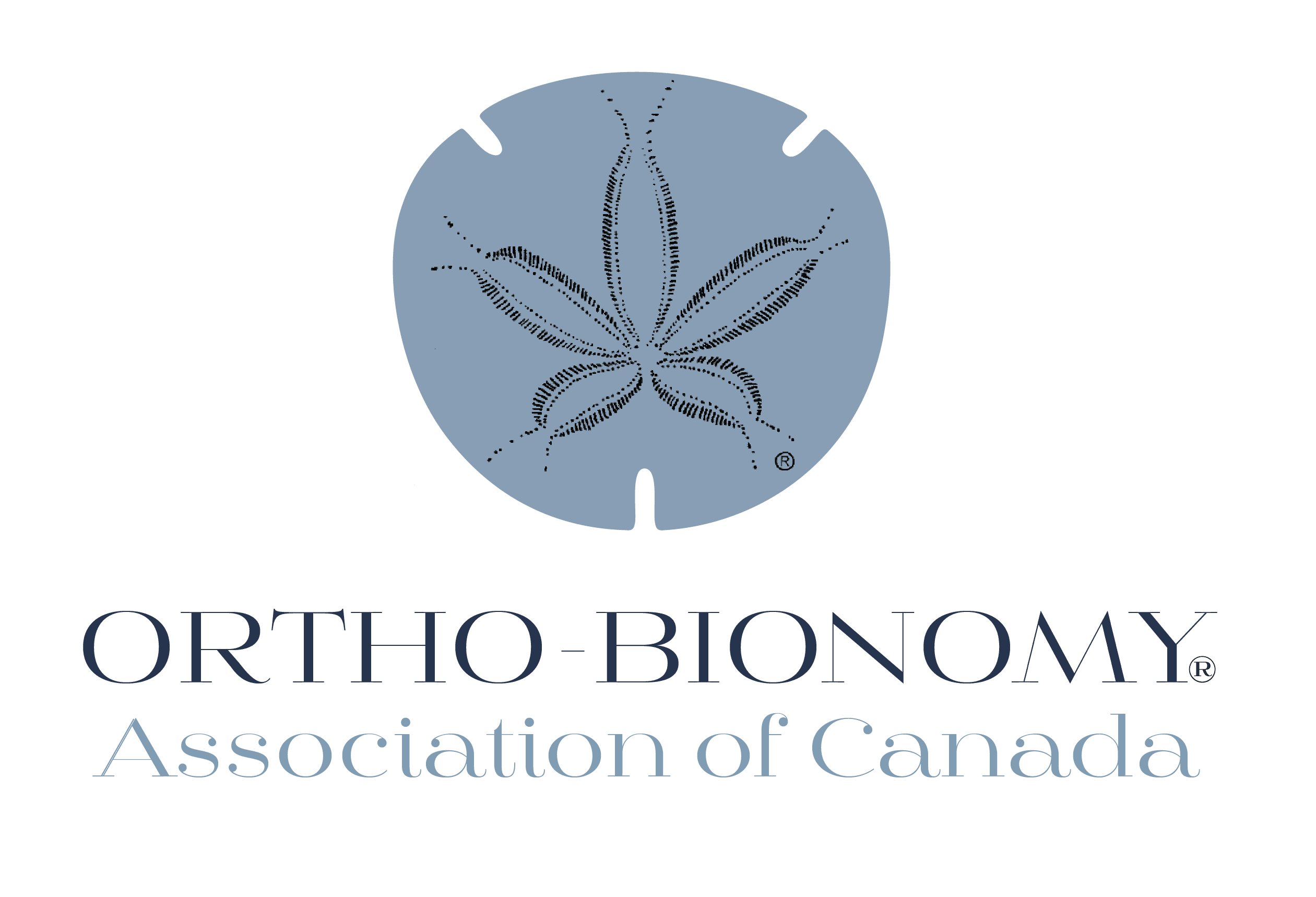
Enhance your skills. Expand your learning
Upcoming Classes

Ortho-Bionomy® Class Descriptions
The following courses are part of the Practitioner Training Program and are open to students of Ortho-Bionomy, as well as to anyone who has an interest in learning more about Ortho-Bionomy; some classes do require prerequisites – please contact an Instructor for more information. Ortho-Bionomy is compatible with all other modalities of client-care, and offers those who are taking it for their own interest many valuable tools for self-care and self-awareness.
Phase Four
This foundation class covers the history, philosophy and concepts of Ortho-Bionomy, and provides a basic understanding of the release techniques for each major joint in the body. The techniques are comfortable for the client and easy on the practitioner.
They stimulate the inherent self-corrective reflexes of the body through the proprioceptors, resulting in the release of muscular tension, a reduction in overall stress, normalization of structural alignment, and a new sense of internal balance for the client.
Phase Five
Phase Six
Phase Seven
Expanding on the techniques learned in Phase Six, participants learn that the energetic, emotional, physical and environmental systems are universally linked. Phase Seven demonstrates the universal interaction of all things, and is more about our ‘being with’ than ‘doing to’.
Anatomy and Physiology
The anatomical structures and physiological functions relevant to the practice of Ortho-Bionomy are covered. In order to facilitate the use and enhance the understanding of the positional release techniques that are the core of Ortho-Bionomy, hands-on palpation of structure and land-marking ability are emphasized. The focus of the classes will be more general for the Practitioner level of training, and will cover specific bodily systems for the Advanced Practitioners.
Chapman’s Neurolymphatic Reflexes
This system of working the Neurolymphatic Reflexes was developed by Frank Chapman, a Doctor of Osteopathy. He discovered, through clinical observation and practice, that treating these reflex points facilitated lymphatic drainage in the viscera, and that they could be used to help balance the endocrine system. Applying the gentle Ortho-Bionomy techniques to the reflexes has also been shown to affect structural balance, and the physical and emotional well being of the client.
Cranial
Demonstration Skills
Electives
Ortho-Bionomy principles and techniques can be applied to many different conditions. The elective courses provide more specialized techniques to work with specific conditions that relate to dis-ease. Topics include; Approaches to Whiplash, Temporomandibular joint Dysfunction (TMD), Carpal Tunnel Syndrome, Women’s Care, Men’s Care, Shock and Trauma, and others.
Elements of a Successful Practice
Ethics and Emotional Issues
Participants discuss guidelines for professional conduct and review the Ortho-Bionomy Association of Canada’s Code of Ethics. Through a variety of teaching methods, they learn how to maintain a healthy relationship with clients by using effective communication skills and managing boundaries, as well as how to address emotional responses that may arise during a session.
Exploration of Movement Patterns
An experiential class that adds a dynamic dimension to the Ortho-Bionomy release techniques. Focusing on the range of motion through the joints, the participants explore and support preferred patterns of movement or non-movement. By gently exploring and supporting these patterns, and with the active participation of the client, the range of motion in the joint is increased, and muscular joint and pain are diminished.
Isometrics
Using the principles of Ortho-Bionomy, participants in this class learn Isometric and Isotonic techniques for working with muscle tension patterns and underdeveloped muscle tone. Through the use of resistance while the muscle is engaged, proprioceptors are stimulated. This allows habitual holding patterns to rebalance and results in greater flexibility and mobility.
Postural Re-education and Post Techniques
Practitioner Training Seminar
Residential
The residential training program allows for five or more days of uninterrupted study in the concepts, principles and techniques of Ortho-Bionomy. The residential serves to broaden and deepen the participant’s understanding of this modality, as well as providing an avenue for personal growth, development and relaxation.